Common Symptoms Of Neuromuscular Diseases
Neuromuscular disease is an encompassing term used to describe a group of diseases that primarily cause problems with the nerves responsible for controlling voluntary muscle movement and the nerves responsible for sending sensory information to the brain. Most neuromuscular diseases involve progressive muscle fatigue and weakness. Neuromuscular diseases may be caused by a spontaneous or inherited mutation in the DNA, an infection, an autoimmune disorder, metabolic disorder, hormonal disorder, certain drugs, or a dietary deficiency. Several tests are utilized to make a diagnosis, including electromyography, blood tests, nerve conduction studies, genetic testing, and muscle biopsy. Neuromuscular diseases cannot be cured, so treatment focuses on slowing the progression of the disease, treating individual symptoms, and improving the patient's quality of life. Surgery, medications, occupational therapy, and physical therapy are common treatment methods used in individuals affected by neuromuscular diseases.
Get familiar with the common symptoms of neuromuscular diseases now.
Muscle Atrophy
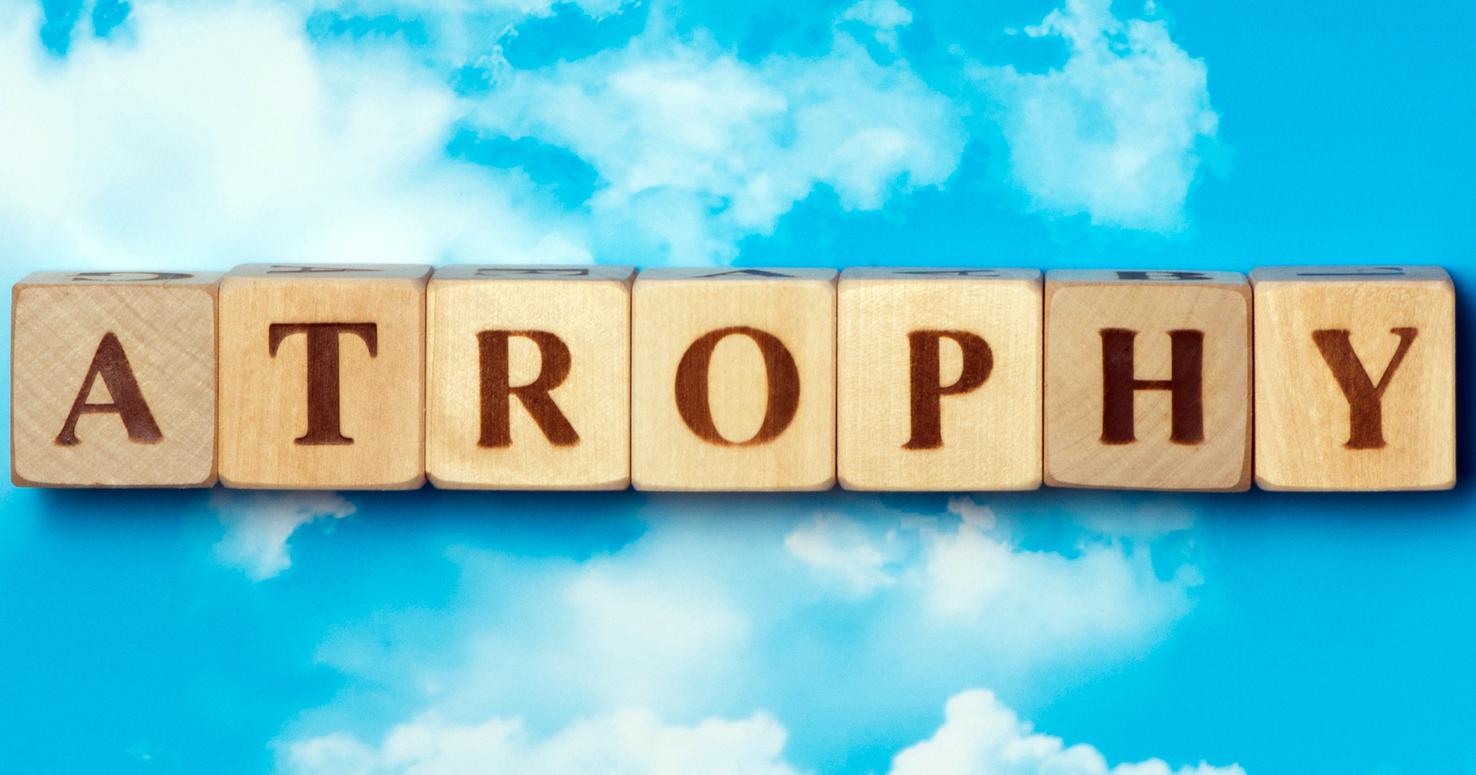
A patient with a neuromuscular disease may present with muscle atrophy, a term used to describe when an individual has decreased muscle mass. Most individuals who have muscle atrophy due to neuromuscular diseases have neurogenic muscle atrophy, but disuse muscle atrophy may also occur. Neuromuscular diseases destroy the cells that trigger the muscles responsible for involuntary muscle movements. In healthy individuals, the nerve impulses move from the upper motor neurons to the lower motor neurons before they are sent out to specific muscles to produce movement. This process allows an individual to move their legs, face, tongue, arms, chest, and throat. When this process is impeded before the impulse reaches an individual's muscle due to a neuromuscular disease, the muscle is unable to move and function properly. Muscle atrophy is most often the result of impulse interruption between the lower motor neurons and the muscles that they control. The affected muscles are not used regularly, leading to muscle atrophy.
Keep reading to learn more about the iconic symptoms of neuromuscular diseases now.
Paresthesia
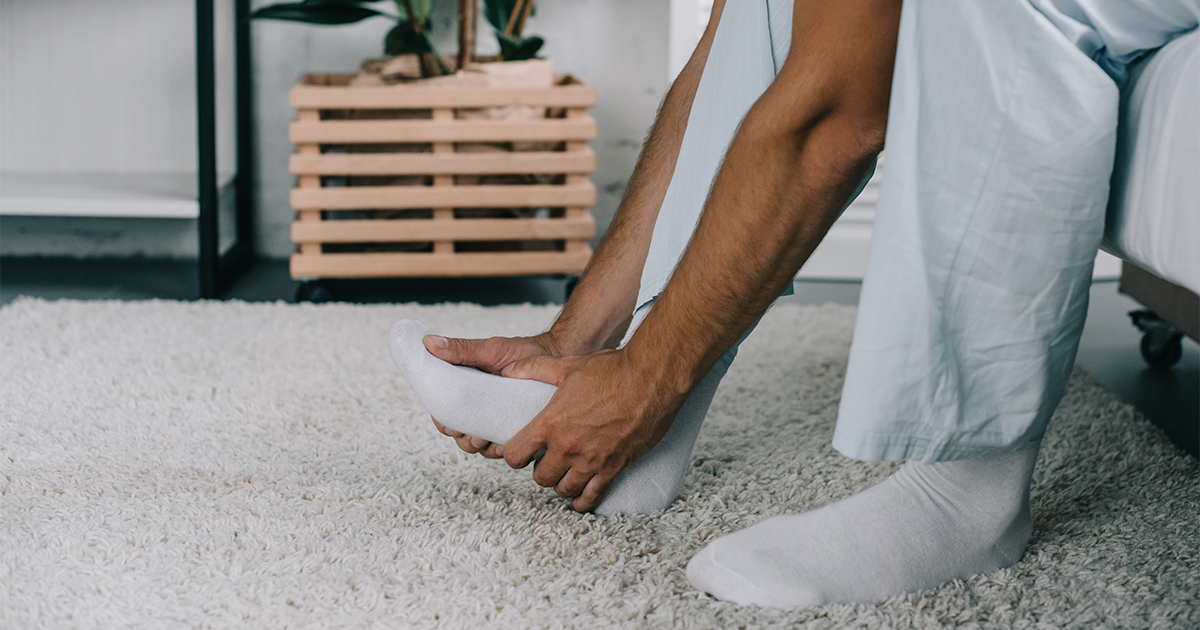
Paresthesia, abnormal sensations an individual feels in their arms, legs, hands, and feet, may develop in neuromuscular disease patients. This sensation has been described as a burning feeling, prickling feeling, pins and needles, tingling feeling, numbness, itchiness, or skin crawling. Paresthesia is the same sensation an individual feels when they place pressure on a limb for an extended period, and the limb falls asleep. However, paresthesia that occurs in individuals affected by a neuromuscular disease is not the result of manual pressure on a nerve and is not alleviated through the removal of such pressure. Paresthesia occurs in patients affected by neuromuscular diseases because some of these diseases cause the nerves that transmit and receive impulses from the brain with sensory information to become functionally impaired. This functional impairment occurs when there is a disruption or blockage at some point in the pathway the sensory nerve impulses travel on. The brain receives partial, irregular, or no impulses at all, which causes the individual to experience paresthesia.
Get more details on the symptoms of neuromuscular diseases now.
Muscle Weakness
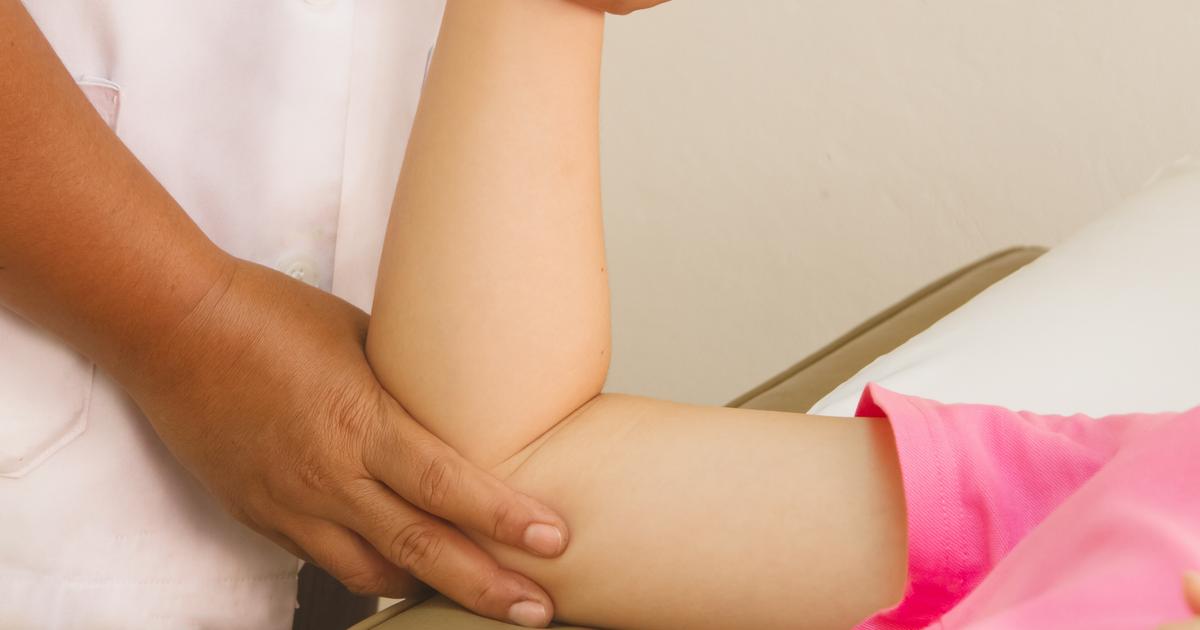
One of the most common symptoms in patients who have a neuromuscular disease is muscle weakness, which is the inability to produce a muscle movement when the full effort is made to do so. Muscle weakness does not mean the same as muscle fatigue or muscle tiredness. Muscle weakness refers to the loss of muscle strength in an individual due to the inability to produce voluntary muscle contractions. The contractions that occur in the muscles that make an individual's voluntary movements are produced in the brain, sent through the spinal cord, distributed to specific nerves, and then sent to the designated muscles. When a disruption or problem occurs somewhere along this complicated process and pathway, it can cause the muscle to be unable to produce a movement because a nerve impulse has not triggered it. It can take significantly longer for individuals affected by neuromuscular disease precipitated muscle weakness to complete day to day tasks, like dressing themselves, eating, standing, and walking. Muscle weakness puts unnecessary pressure on the patient's joints, can impair balance, slow down the metabolism, and limit mobility.
Uncover more details regarding the symptoms linked to neuromuscular diseases now.
Myalgia
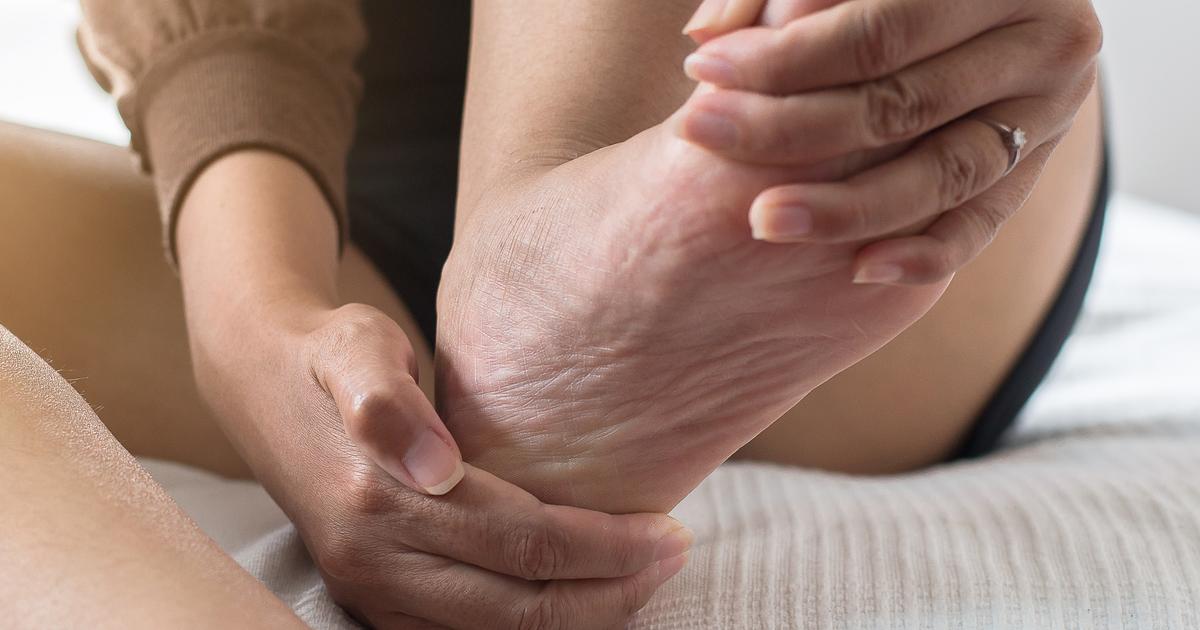
An individual who has a neuromuscular disease may develop myalgia, a sensation of pain or achiness in the muscles. Tissues involved myalgia can also include the tendons, soft tissues that connect muscles, organs, ligaments, fascia, and bones. Most affected by myalgia describe the sensation as cramping in the muscles and or pain in the joints. Active and ongoing degeneration of muscle plays a role when it comes to the excessive workload placed on the muscles of affected individuals when they perform simple, day to day tasks. The muscular and soft tissues of a patient who has a neuromuscular disease are more vulnerable to tissue injury because they are actively losing their function and wasting away. An injury in any type of tissue will naturally trigger the individual's immune response, which results in inflammation, swelling, redness, and pain.
Read more about neuromuscular disease symptoms now.
Muscle Twitches
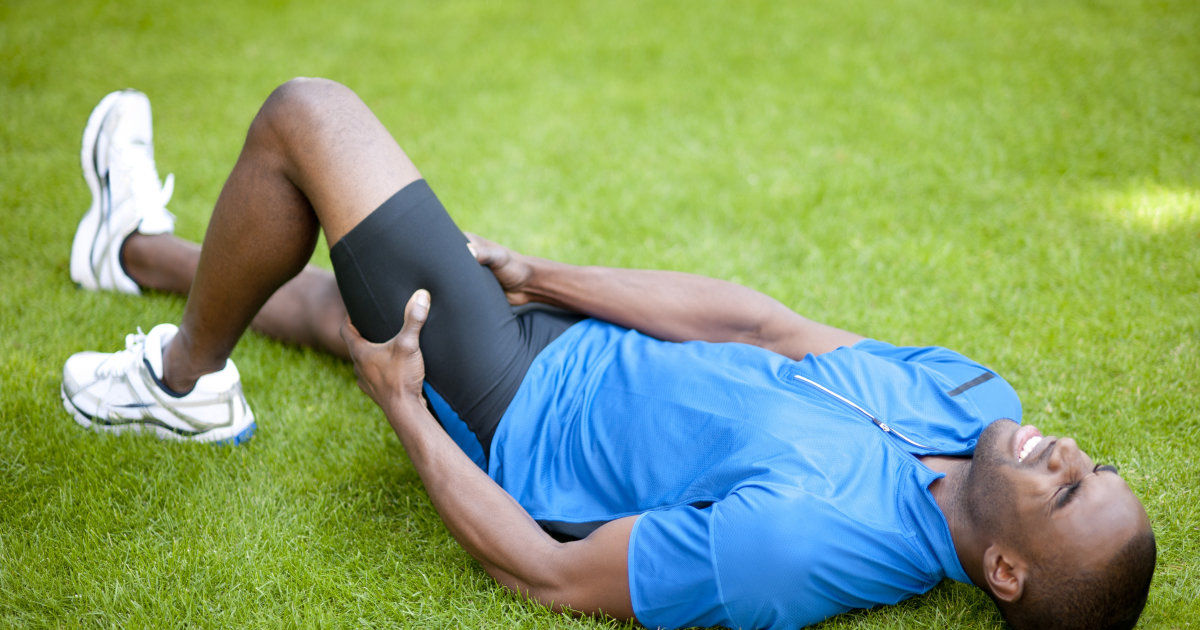
An individual who frequently experiences muscle twitches may be affected by a neuromuscular disease. Fasciculation or muscle twitches describe when abnormal activities in an individual's nerves cause the muscles to jump or spasm repeatedly over minutes or hours. However, a muscle twitch is an involuntary muscle contraction that is short and repetitive, while a muscle spasm is an involuntary contraction that lasts longer and is known to produce pain. Muscle twitches in patients affected by neuromuscular diseases typically only occur in a small muscle or a small portion of a muscle, rarely producing pain. Most individuals describe muscle twitching to be an irritating or uncomfortable pulsing or vibrating sensation. Muscle spasms are described more as myalgia or cramping of the muscle. The most common parts of the body affected by muscle twitches in patients who have a neuromuscular disease include the shoulders, arms, legs, face, neck, tongue, and hips.
Learn more about the major symptoms of neuromuscular diseases now.
Double Vision
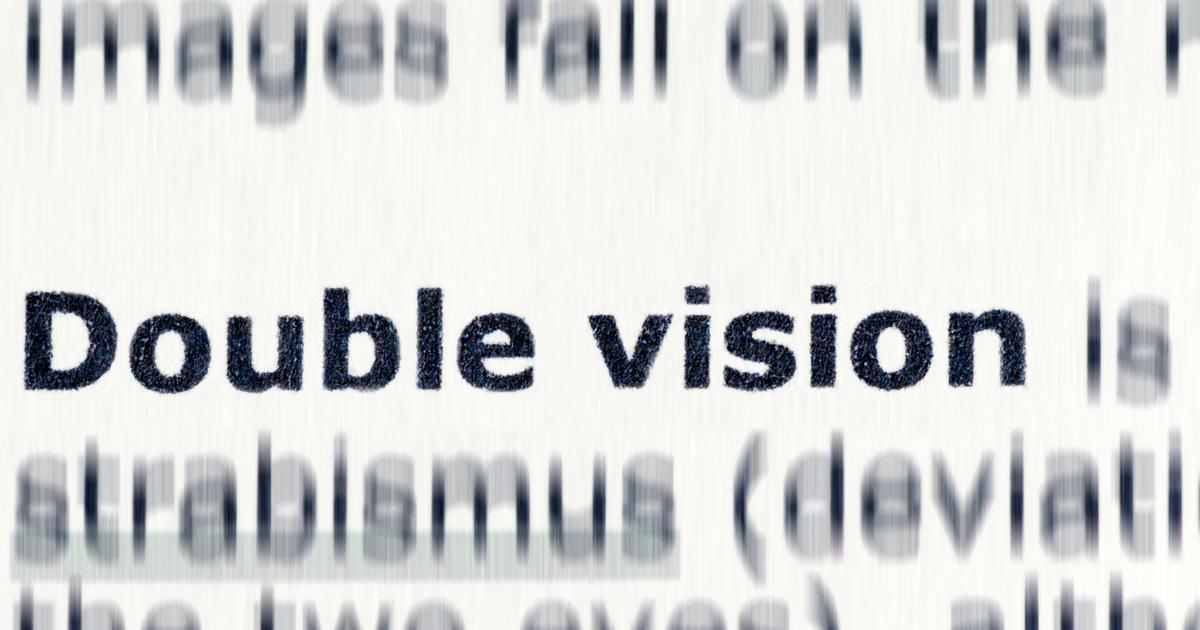
Neuromuscular diseases cause an individual to experience adverse effects on the muscles around their body that move organs and body parts effectively. An individual's vision is dictated by their eyes and the muscles that move them in sync with each other. A healthy individual sees a single object in front of them as a single object because the muscles that move their eyes keep them lined up with each other perfectly so both eyes project a single object into the brain. Neuromuscular diseases can cause muscles around the body to become weak or malfunction. Muscle weakness describes when an individual is unable to produce a muscle contraction even when making the greatest effort to do so. Although the muscles that move an individual's eyes are involuntary, they can experience muscle weakness and muscle spasms that throw the alignment of the eyes off balance. When the eyes do not align together perfectly, the affected individual will experience double vision.
Get more details about the symptoms of neuromuscular disease now.
Issues Swallowing

The most common neuromuscular disorders to cause problems with an individual's ability to swallow are inflammatory myopathy, myasthenia, peripheral neuropathy, dystrophies, mitochondrial myopathy, and motor neuron diseases. Neuromuscular diseases have adverse effects on how the nerves in the individual's body carry electrical impulses to the next nerve, a muscle, and the brain. Some individuals affected by problems swallowing due to a neuromuscular disease have problems with how the nerves operate the cricopharyngeal muscle. When the cricopharyngeal muscle is not able to relax, the food is not able to leave the individual's hypopharynx and make its way into their esophagus. If an individual's neuromuscular disorder disrupts the normal operation of any of the other fifty pairs of muscles used in the process of swallowing, the affected individual will have issues swallowing.
Discover additional warning signs of neuromuscular diseases now.
Droopy Eyelids
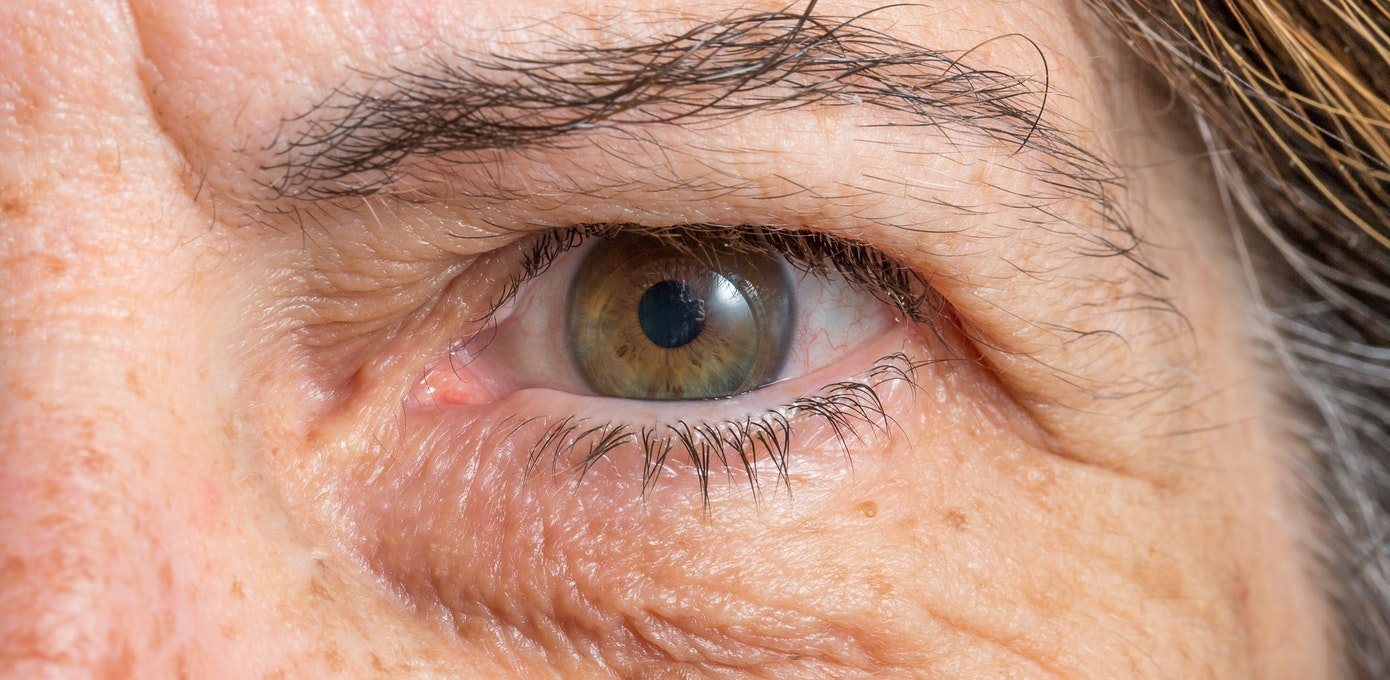
When droopy eyelids only affect one of an individual's eyes, it is referred to as unilateral ptosis. The levator aponeurosis is a tendon-like sheath that works with the levator muscle to allow an individual to move their eyelid. However, these tissues that control the eyelid are fragile and delicate, making them prone to dysfunction when one part of the process is disrupted. The nerves responsible for controlling several different movements of the eye and its components are referred to as the oculomotor nerves. When an individual is affected by a neuromuscular disease that causes problems with the oculomotor nerve and the way it moves the levator muscle, they will experience droopy eyelids.
Keep reading to uncover more symptoms of neuromuscular diseases now.
Problems Breathing
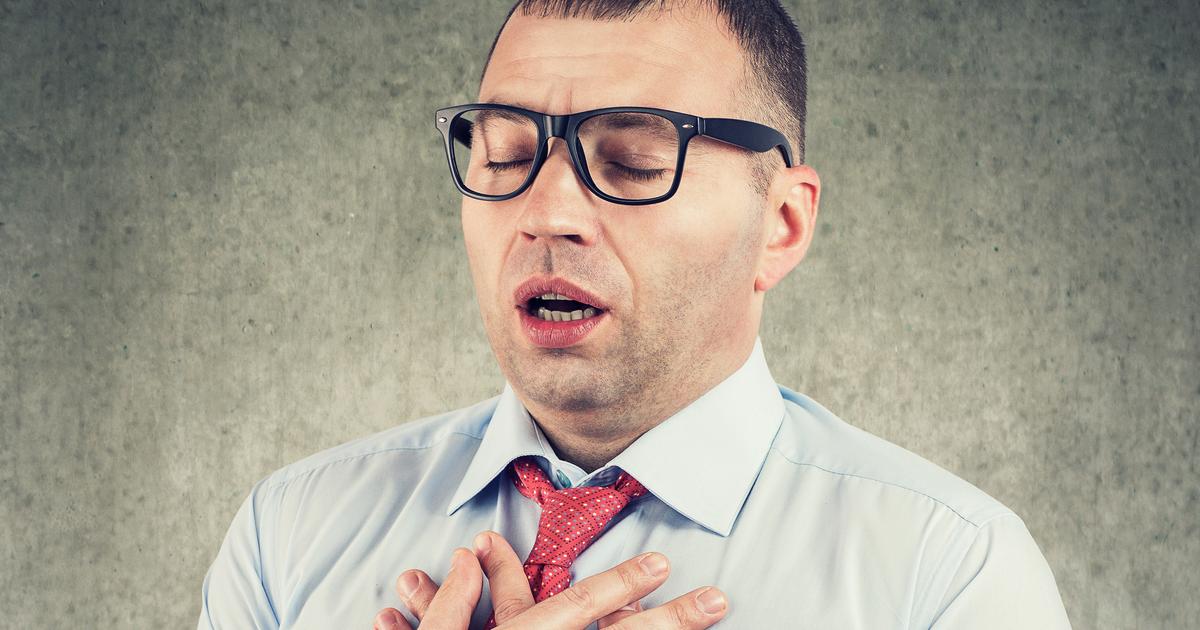
Breathing takes place in two steps: inhalation and exhalation. Inhalation and exhalation are performed when the individual's thoracic cavity expands and relaxes. The muscles involved in breathing that move the thoracic cavity are the diaphragm and intercostal muscles. There are additional muscles in the area that are referred to as accessory muscles that assist the intercostal muscles and diaphragm when the individual is engaging in physical activities. An individual who has trouble breathing may be experiencing weakness in one or more of these muscles. Several different neuromuscular diseases can cause an individual to have weak muscles around the body, including those in their upper torso. When the nerves that dictate the actions of the muscles responsible for inhalation and exhalation are not working properly, an affected individual will have problems breathing.
Learn more about the warning signs of neuromuscular diseases now.
Issues With Balance
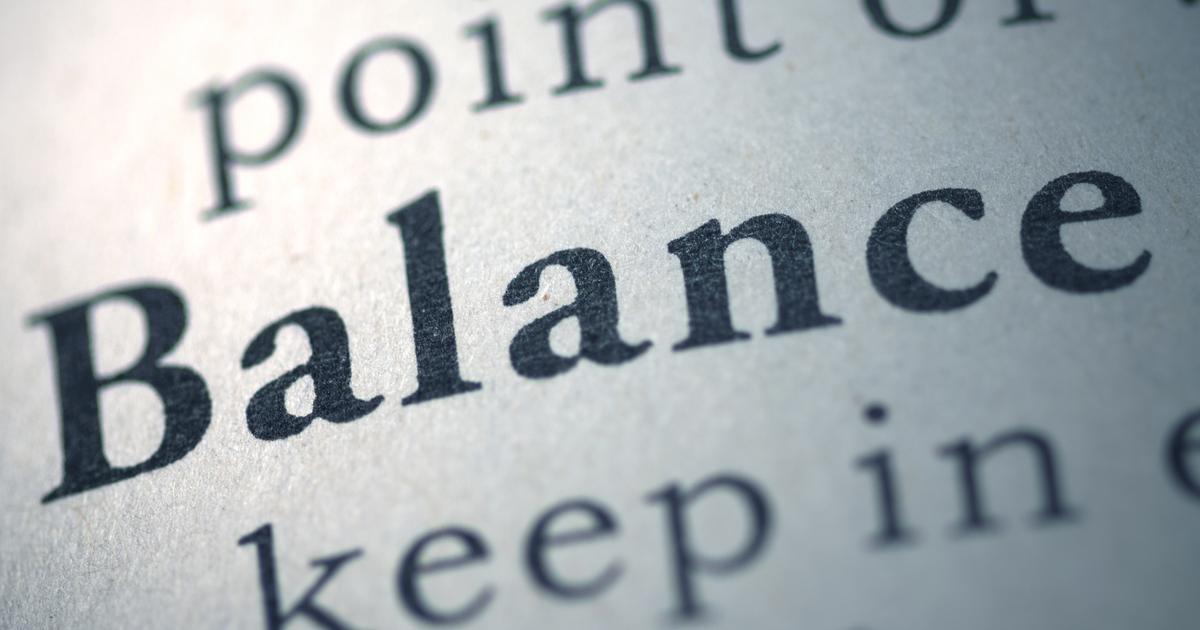
Balance is an individual's ability to maintain their body's center of mass over its support base. A healthy individual's balance system allows them to interpret orientation with the consideration of gravity, make automatic adjustments in their posture to maintain stability, determine the speed and direction of movement, and see clearly when they are moving. Sensory input from touch, sight, spatial orientation, motion, and equilibrium are components that help an individual achieve and maintain their balance. When one or more of these sensorimotor components are disrupted by any mechanism, the affected individual will have problems related to poor balance. Individuals affected by neuromuscular diseases may have damage to nerves critical to their balance, or they may experience weakness with one or more of the muscles in the body that help them keep their balance.